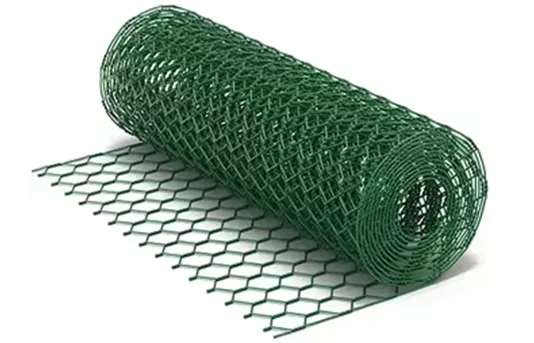-
 Phone:
Phone: -
 Email:
Email:

Durable Metal Tie Wire for Secure Binding and Construction Applications in Various Industries
The Versatility of Metal Tie Wire A Comprehensive Overview
Metal tie wire, a durable and flexible material, has become an essential element in various industries and applications. Its primary function is to secure, bind, and support structures or materials, making it a versatile tool for both professional contractors and DIY enthusiasts. This article delves into the characteristics, applications, and advantages of metal tie wire, highlighting why it is an indispensable resource across multiple domains.
Characteristics of Metal Tie Wire
Metal tie wire is typically made from materials such as steel or aluminum, which confer strength and resilience. The wire is available in various gauges, with thicker wires offering greater tensile strength, while thinner wires provide flexibility for lighter applications. Often galvanized or coated to resist corrosion, metal tie wire can withstand various environmental conditions, enhancing its longevity and reliability. Its malleability allows it to be easily twisted and shaped, making it suitable for a wide range of binding and fastening tasks.
Industrial Applications
In the construction industry, metal tie wire is indispensable. It is widely used for tying rebar together in concrete structures, ensuring stability and structural integrity. The wire’s ability to hold different materials securely in place makes it the go-to choice for constructing foundations, beams, and other load-bearing elements. Additionally, metal tie wire is utilized in fencing projects, allowing for the secure attachment of wire fencing to posts, providing a robust barrier for agricultural and residential properties.
Beyond construction, metal tie wire finds applications in the manufacturing realm. In factories, it is commonly used for bundling materials such as pipes, wires, and other components during storage and transportation. Its strength ensures that bundled items do not separate or shift, thus maintaining efficiency and safety in handling. Additionally, metal tie wire plays a critical role in the production of HVAC systems, where it is employed to assemble and secure various components effectively.
Craft and DIY Applications
metal tie wire

Metal tie wire is not limited to industrial use; it has also gained popularity among craftsmen and DIY enthusiasts. Its versatility lends itself well to myriad crafting projects—from floral arrangements to model building. Florists utilize metal tie wire to create sturdy bouquets and arrangements, as the wire can easily be shaped and cut to fit various designs.
For those engaged in gardening, metal tie wire serves as a useful tool for supporting plants. Gardeners often use it to stake young plants, ensuring they grow upright and receive adequate sunlight. The wire’s durability and resistance to corrosion make it ideal for outdoor use, allowing it to endure the elements while providing necessary support.
Advantages of Metal Tie Wire
One of the primary advantages of metal tie wire is its cost-effectiveness. Given its strength and versatility, it is an economical solution for a wide range of applications. Furthermore, it is readily available in various gauges and lengths, allowing users to select the most suitable option for their specific needs.
Additionally, the ease of use associated with metal tie wire cannot be overstated. Users can quickly twist or cut the wire, making it accessible for both skilled professionals and those who are less experienced. This simplicity ensures that anyone can leverage the benefits of metal tie wire for their projects.
Conclusion
In conclusion, metal tie wire is a versatile, durable, and cost-effective solution that plays a vital role across numerous industries and applications. From construction and manufacturing to crafting and gardening, its strengths are widely recognized. As industries continue to evolve, the demand for reliable binding solutions like metal tie wire will likely persist, making it a timeless addition to any toolkit. Whether for professional use or personal projects, metal tie wire stands as an essential resource, embodying flexibility and strength.
-
Uncompromised Slope Safety with Advanced Rockfall Protection NettingNewsJun.09,2025
-
The Smart Choice of Chain Link FenceNewsJun.09,2025
-
Securing the Future with Time-Tested Barbed Wire ProtectionNewsJun.09,2025
-
Reliable and All-Season Fencing with Premium Hexagonal Wire MeshNewsJun.09,2025
-
High-Performance Binding Solutions with Premium Loop Tie WireNewsJun.09,2025
-
Durable, Flexible, and High-Performance Baling Wire for SaleNewsJun.09,2025
-
Unveiling the Versatility of Hexagonal Wire MeshNewsMay.21,2025








